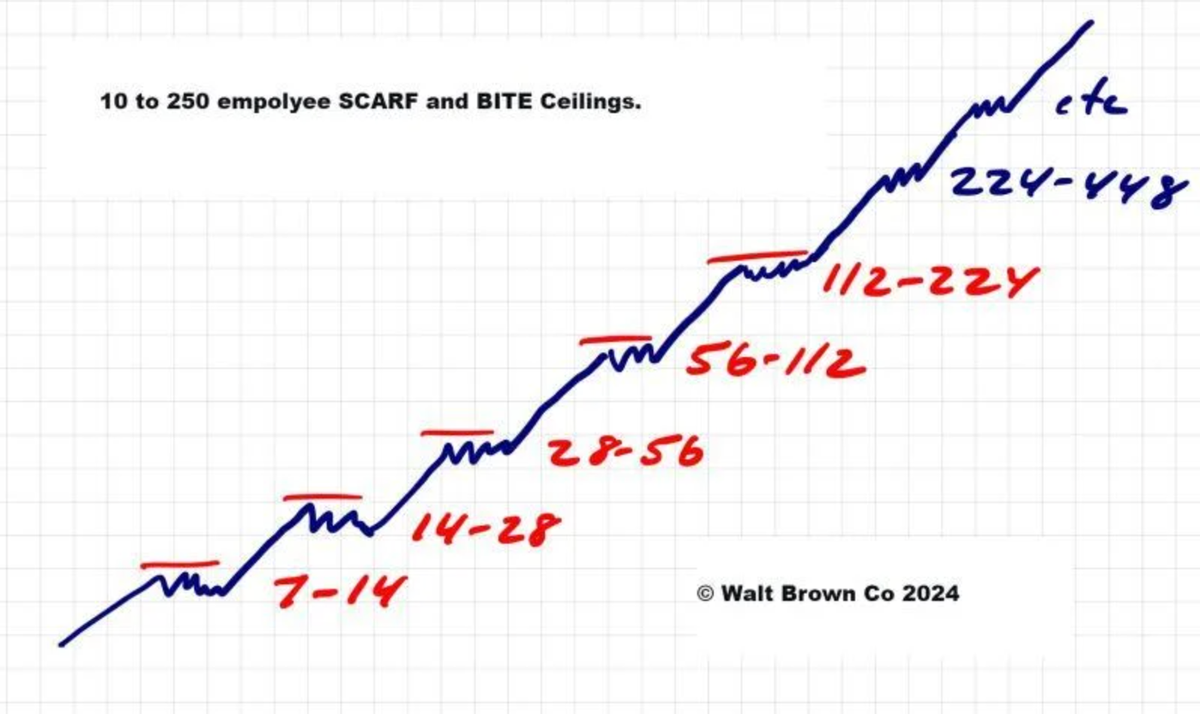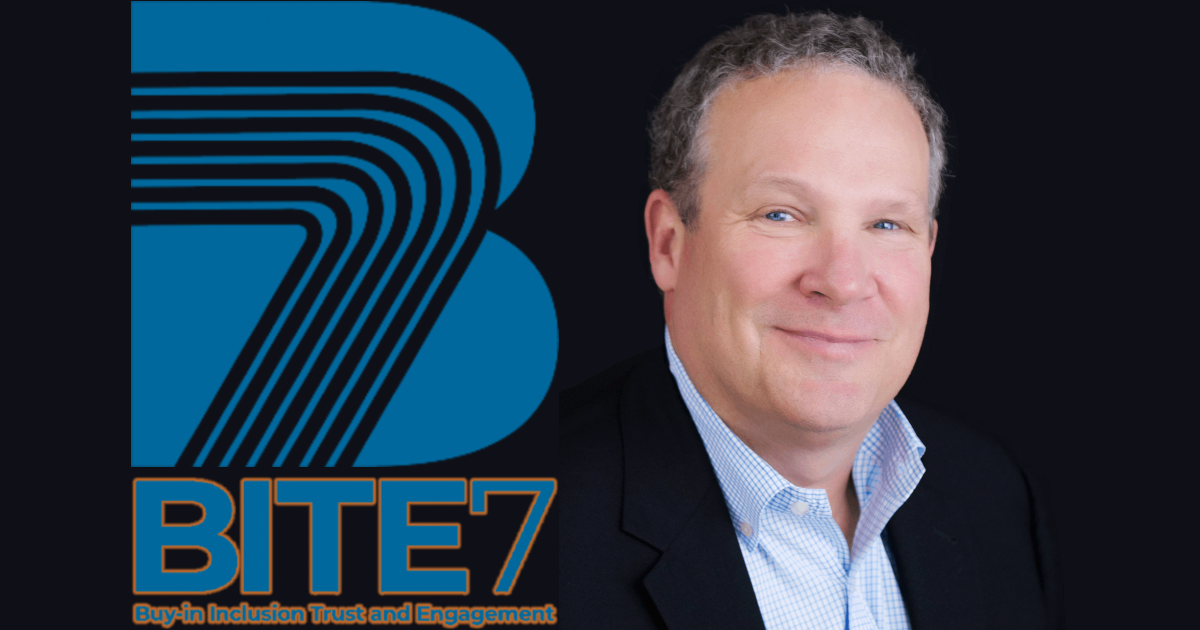Breaking Through the Growth Ceilings: A No-Nonsense Guide to Scaling Your Business
Here's the uncomfortable truth: Your team's effectiveness starts to crumble once you hit 7 people. And not just a little crumble—we're talking full-on organizational Jenga. Growing a business isn't about hitting numbers—it's about maintaining your core essence while evolving.

Let's get real about business growth. You know that magical moment when your startup goes from "scrappy team" to "potentially corporate nightmare"? Buckle up, because I'm about to break down the brutal truth about organizational scaling that most consultants won't tell you.
When I first started implementing the Entrepreneurial Operating System (EOS®), the target market was supposedly companies with 10 to 250 employees. Spoiler alert: After working with 187 companies over 17 years, that number is more of a suggestion than a hard rule.
Here's the uncomfortable truth: Your team's effectiveness starts to crumble once you hit 7 people. And not just a little crumble—we're talking full-on organizational Jenga.
The Seven Deadly Growth Ceilings
Imagine growth as a series of increasingly complex obstacles. Each ceiling represents a critical point where your organizational culture and effectiveness are about to be stress-tested:
_
7-14 Employees: The Sub-Team Survival
Your original dream team? It's now fragmenting faster than a reality show alliance. Suddenly, people are forming cliques, and your once-seamless communication looks like a game of telephone.
14-28 Employees: Founder's Last Stand
Welcome to the phase where the founder's direct access becomes more restricted than VIP backstage passes. You've got your favorite technical leads, and everyone else? They're trying to figure out the pecking order.
28-56 Employees: The Rise of Technical Managers
Technical managers are now managing technicians, reporting directly to the founder. It's like middle management meets technical nerd fest.
56-112 Employees: Professional Management Enters
Out with the technical managers, in with professional managers. The founder typically slides into the Visionary seat, and an Integrator finally gets an official title.
112-224 Employees: The Leadership Expansion
Now we're talking serious leadership. You've got your full-time COO, CFO, and CHRO. The Visionary-Integrator model is humming along—for now.
224-448 Employees: Corporate Transition
You're leaving entrepreneurial land and entering corporate territory. Goodbye, scrappy startup vibes. Hello, org charts and formal titles.
448+ Employees: Full Corporate Mode
EOS fundamentals still work, but the language gets more... corporate. Think more PowerPoint, less passion.
The BITE Factor: Don't Lose Your Soul
At each of these growth stages, companies risk losing their BITE: Buy-in, Inclusion, Trust, and Engagement. Ignore this at your peril.
Your mission? Continually measure and respond to these cultural shifts. Explain the "why" to your key employees. Reassure them that they're still crucial to the mission.
The Bottom Line
Growing a business isn't about hitting numbers—it's about maintaining your core essence while evolving. Each ceiling is an opportunity to reinvent, not just scale.
So, are you ready to break through, or are you going to let growth eat your culture alive?
Love,
Uncle Walt
Inspired by years of watching businesses navigate the treacherous waters of scaling

Wondering how your organization is doing addressing the 7 Critical Needs?
Take a self assessment, right now.
Wondering how to assess and address the 7 Critical Needs?
Book a Discovery Call with a BITE7 Coach, right now.





